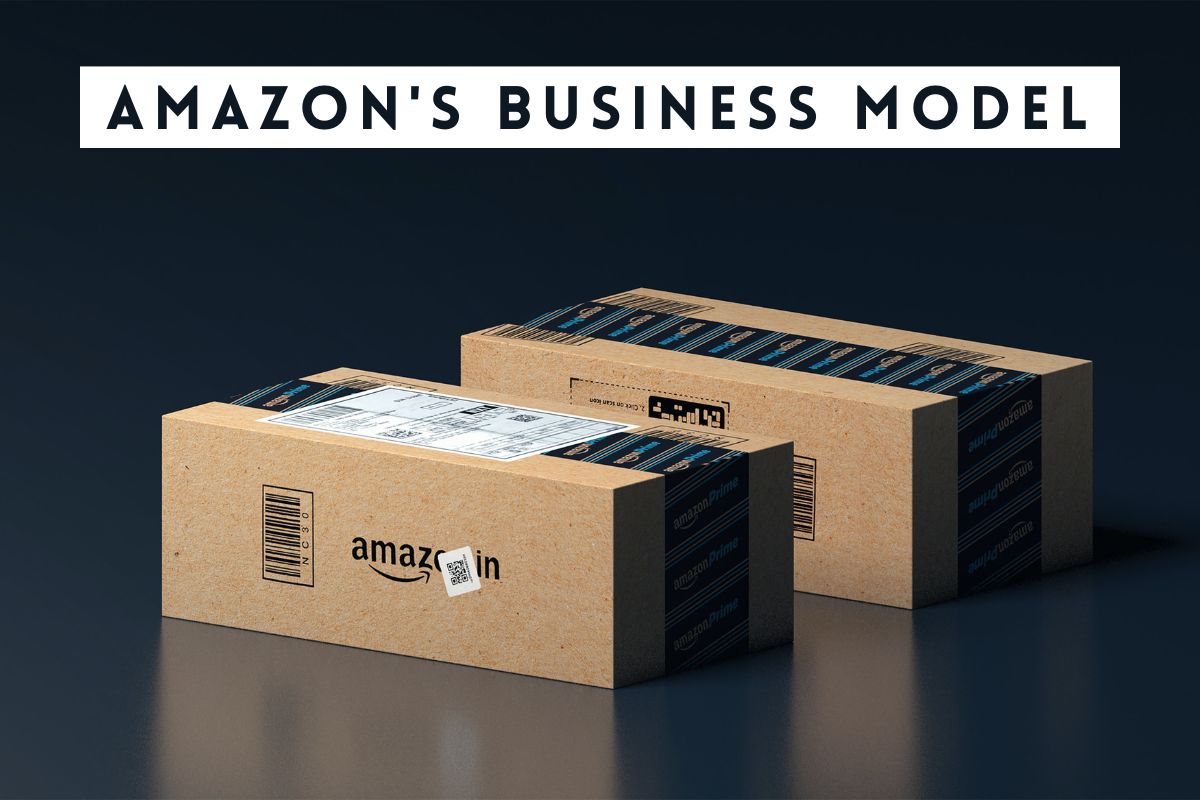The Amazon business model has revolutionized the way people shop online, offering a vast selection of products, fast delivery, and competitive prices. In this article, we will take a closer look at the key success factors that have made Amazon the e-commerce giant it is today.
Table of Contents
ToggleCustomer Segments: How Amazon Targets Its Market
Amazon’s primary customer segment is the mass market of people who have access to a computer and want to buy products online. These customers value convenience and time savings over the in-store shopping experience. Amazon has been successful in capturing a large market share of these customers in the US and Europe. However, it excludes people who are not digitally connected, such as the elderly or children.
Value Proposition: Price, Convenience, and Selection
Amazon’s value proposition is built on three key factors: price, convenience, and selection. Amazon offers competitive prices for its products, making it a go-to destination for cost-conscious shoppers. It also offers unparalleled convenience with features like one-click ordering and fast delivery options and Amazon Prime. Furthermore, Amazon has a vast selection of products available on its website, which allows it to get everything in the long tail.
Fast Fulfillment: Key to Amazon’s Success
One of the key success factors of the Amazon business model is its fast fulfillment capabilities. Amazon has been innovative in its approach to logistics, moving away from traditional providers and developing its own delivery network. This allows Amazon to deliver products to its customers faster than its competitors. The speed of delivery is a crucial element of the quality triangle that Amazon is trying to own, along with price and convenience.
Customer Relations: Automated and Self-Service
Amazon’s customer relations are automated and self-service. It is challenging to talk to a real person at Amazon, but customers rarely need to. This self-service approach allows Amazon to drive down costs across the whole business.
Marketing and Distribution Channels: Leveraging the Power of E-commerce
Amazon has been successful in leveraging the power of e-commerce to reach its target market. Its marketing and distribution channels are primarily online, and it has been able to capitalize on this to grow its customer base. Amazon’s vast selection of products makes it a destination for shoppers looking for specific items. Additionally, Amazon has developed its own private-label products, which are exclusive to its website.
Conclusion
In conclusion, the Amazon business model has been successful because it has been able to offer customers what they value most: competitive prices, convenience, and a vast selection of products. The company has also been innovative in its approach to logistics, developing its own delivery network to offer fast fulfillment to its customers. With its focus on e-commerce and automated customer relations, Amazon has been able to drive down costs while continuing to grow its customer base.
Additional Resources
To keep learning and advancing your career, we highly recommend these additional resources:
Tesla’s Business Model: An Analysis of Their Unique Approach to Sustainable Transportation
Airbnb’s Business Model: How Does Airbnb Make Money
TikTok’s Business Model: How the App Attracts Gen Z and Brands
Microsoft’s Business Model: How the Tech Giant Makes Money
Spotify’s Business Model: How Spotify Became the King of Music Streaming












